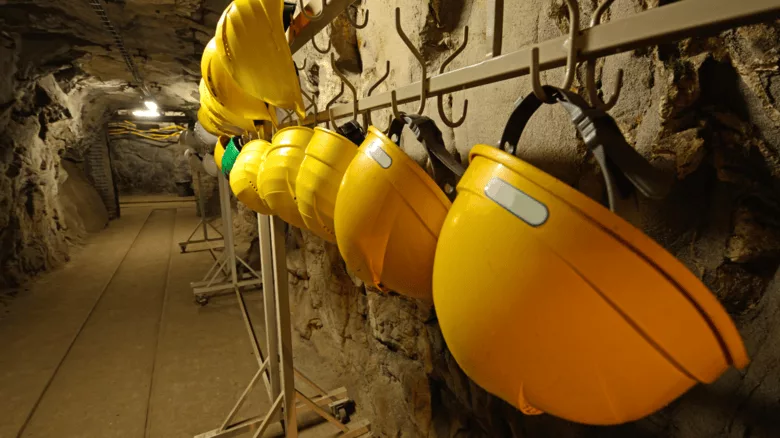Interior Department Approves 16-Year Extension for Montana's Spring Creek Mine
A Boost for Jobs, but at What Cost?

Image via Madzia from Getty Images Signature
The U.S. Department of the Interior has approved a federal mining plan modification for the Spring Creek Mine in Big Horn County, Montana, extending its operational life by 16 years. This decision permits the Navajo Transitional Energy Company (NTEC) to extract an additional 39.9 million tons of federal coal and supports 280 full-time jobs.
Interior Secretary Doug Burgum emphasized the administration's commitment to domestic energy production, stating, "The previous administration waged a full-on assault against U.S. energy. Under President Trump's leadership, we're reversing that course, unleashing American energy, and ensuring our nation's security and prosperity."
The Spring Creek Mine supplies coal to states including Arizona, Michigan, Minnesota, and Washington, as well as to international markets in Japan and South Korea. This expansion aligns with the administration's agenda to reduce regulatory burdens and promote energy production, as outlined in Executive Order 14154, "Unleashing Prosperity Through Deregulation," and Interior Secretary’s Order 3421, "Achieving Prosperity Through Deregulation."
Acting Assistant Secretary for Land and Minerals Management Walter Cruickshank highlighted the economic and strategic benefits, noting, "By expanding access to our nation's rich coal resources, we are not only bolstering our economy but also reinforcing our energy independence."
The Office of Surface Mining Reclamation and Enforcement (OSMRE) prepared an Environmental Impact Statement (EIS) following a 2021 U.S. District Court ruling that deemed the initial analysis inadequate. The EIS evaluates various mining alternatives and their impacts on communities and the environment.
The Department of the Interior says that this decision reflects its dedication to unlocking America's full energy production potential, aiming to reduce consumer costs, generate revenue to address the national deficit, and prioritize energy security.
This approval comes amid a long-term decline in coal industry employment. In 1986, approximately 169,700 individuals were employed in U.S. coal mining. By December 2024, this number had decreased to about 42,600, representing a significant reduction over the decades. Specifically, between 2011 and 2022, coal mining employment in Appalachian regions declined by more than 34,000 jobs, a reduction of approximately 57%.
These figures underscore the broader challenges facing the coal industry, highlighting the significance of the Spring Creek Mine's extension in preserving jobs within this sector.
But here’s the other side of the coin:
- Critics argue this flies in the face of climate goals and locks communities into a declining industry.
- Environmentalists point to long-term health risks, emissions, and the need to transition away from fossil fuels.
Looking for a reprint of this article?
From high-res PDFs to custom plaques, order your copy today!






